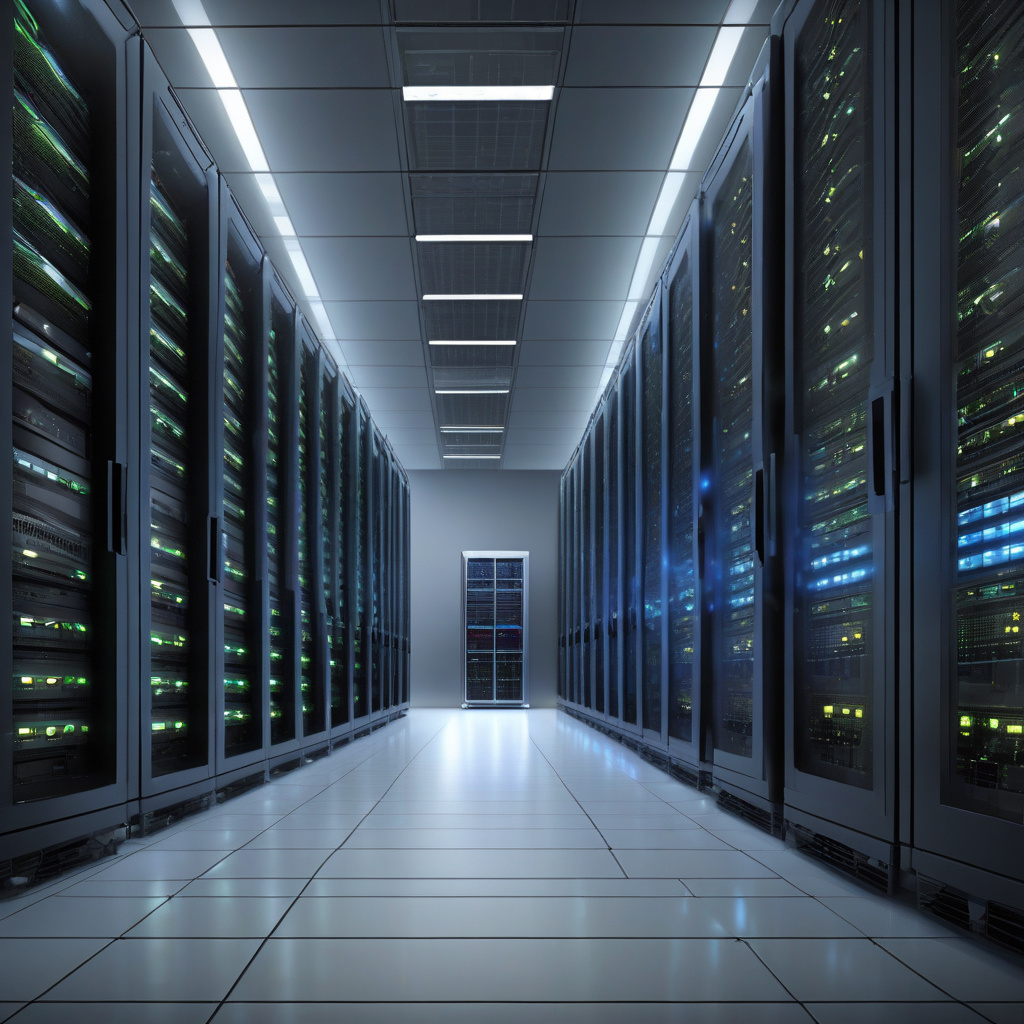Power Demands Reshape the Future of Data Centers
As new AI workloads continue to revolutionize the digital landscape, the power demands of data centers are reaching unprecedented levels. With servers now requiring over 100kW per rack to support these advanced applications, the existing infrastructure is facing significant stress and challenges. This surge in power consumption is not only changing the way data centers operate but also shaping the future of the entire industry.
The rapid advancement of artificial intelligence technologies has led to a substantial increase in computational requirements. AI workloads, particularly deep learning algorithms, demand massive processing power to train complex models and analyze vast amounts of data. As a result, data centers must continuously scale up their power capacity to meet these escalating demands.
Traditionally, data centers were designed to support average power loads of around 5-10kW per rack. However, the emergence of AI-driven applications has disrupted this norm, pushing power consumption levels to new heights. Exceeding 100kW per rack is now becoming a common scenario in data centers that host AI workloads, posing significant challenges for cooling, power distribution, and overall infrastructure efficiency.
To address these challenges, data center operators are rethinking their approach to power delivery and management. One key strategy involves adopting advanced cooling technologies to dissipate the heat generated by high-power servers efficiently. Liquid cooling solutions, such as direct-to-chip or immersion cooling, are gaining traction as they offer superior thermal performance compared to traditional air-cooling methods.
Moreover, optimizing power distribution within the data center is critical to ensuring reliable operation and preventing bottlenecks. Implementing intelligent power management systems that dynamically allocate power based on workload requirements can help maximize efficiency and utilization while minimizing energy waste.
In addition to technological advancements, data center operators are also exploring innovative design concepts to accommodate the escalating power demands of modern workloads. Modular data center architectures, for instance, allow for flexible expansion of power and cooling infrastructure in response to changing requirements. By modularizing key components, such as power distribution units and cooling systems, data centers can adapt more effectively to evolving workload demands.
Furthermore, the shift towards renewable energy sources is gaining momentum in the data center industry as a means to offset the environmental impact of higher power consumption. Many data center operators are investing in solar, wind, or hydroelectric power to reduce their carbon footprint and achieve sustainability goals. By harnessing clean energy sources, data centers can power their operations more responsibly and contribute to a greener future.
In conclusion, the escalating power demands driven by new AI workloads are reshaping the future of data centers. To keep pace with this transformation, data center operators must embrace innovative technologies, optimize power management strategies, and prioritize sustainability initiatives. By addressing these challenges proactively, the data center industry can continue to support the growth of AI and other advanced technologies while ensuring efficient and environmentally conscious operations.
data centers, power demands, AI workloads, infrastructure efficiency, cooling technologies
